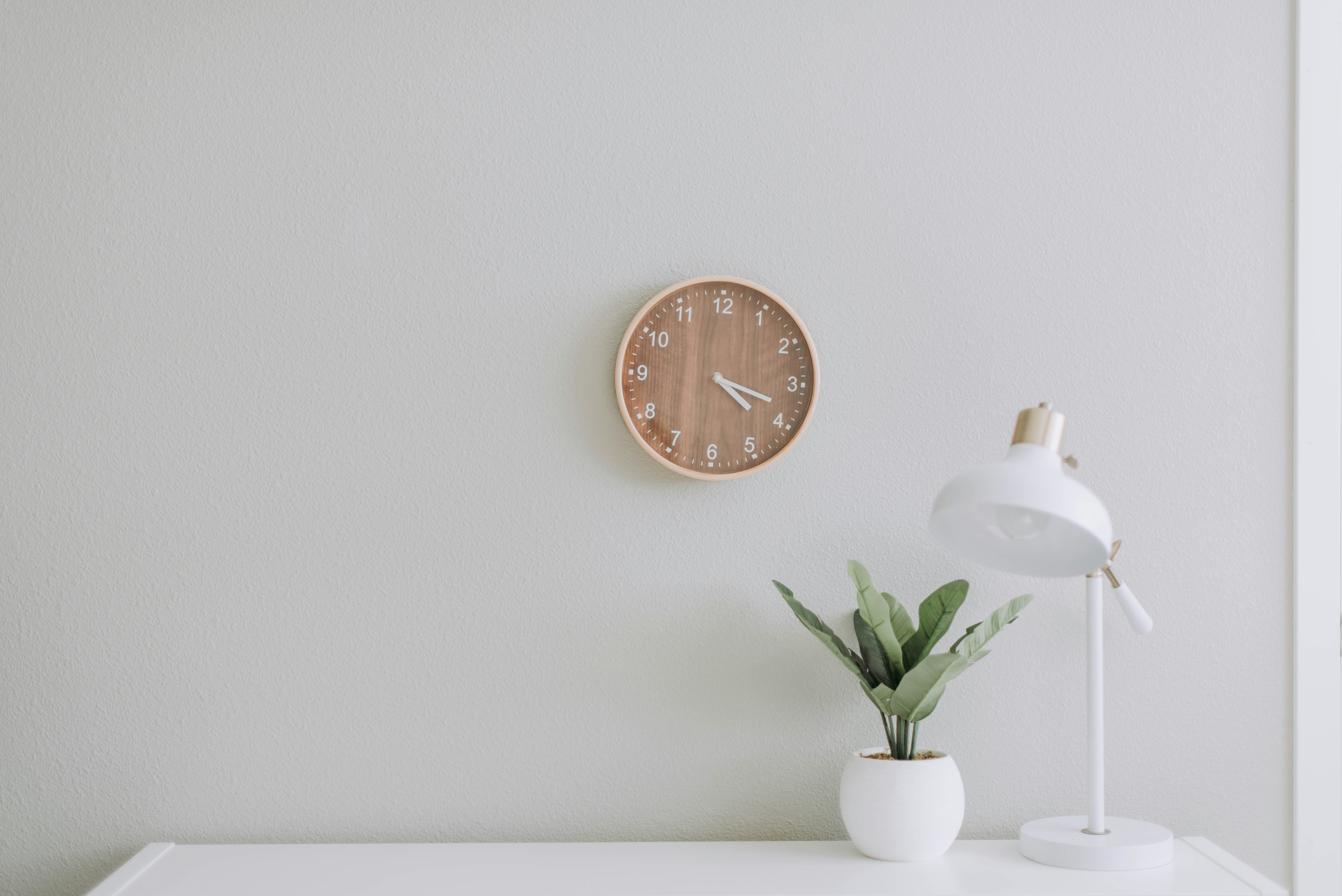The Intersection of Art and Tech in Design
Kenjoo Manson
Saturday, May 11, 2024
Art and technology are increasingly intersecting in the field of design, leading to innovative and dynamic creations. This article explores how contemporary designers are blending artistic expression with technological advancements to push the boundaries of what is possible.
Digital Fabrication
The fusion of art and technology in design is creating new opportunities for creativity and functionality. Digital art tools and software allow designers to experiment with forms and techniques that were previously unimaginable. One area where this intersection is particularly evident is in digital fabrication. Techniques like 3D printing and laser cutting enable designers to create intricate and customized pieces with precision and efficiency. This technology not only expands creative potential but also allows for sustainable practices through on-demand production and reduced material waste.
Augmented Reality (AR) and Virtual Reality (VR)
Augmented reality (AR) and virtual reality (VR) are also transforming the design landscape. These technologies enable immersive experiences that blend the physical and digital worlds. In architecture and interior design, AR can help clients visualize spaces before they are built, making the design process more collaborative and informed. VR, on the other hand, offers virtual tours and simulations, allowing for detailed exploration and modification of designs before implementation.
Interactive Design
Interactive design is another exciting development. By incorporating sensors and responsive technology, designers can create products and environments that interact with users in real-time. This approach is being used in everything from public art installations that respond to movement to smart home systems that adapt to user preferences. Interactive design enhances user engagement and creates dynamic experiences that can adapt and evolve.
Challenges and Considerations
The integration of technology in design is not without challenges. Issues such as data privacy, accessibility, and the digital divide must be addressed to ensure that technological advancements benefit everyone. Designers must also consider the environmental impact of new technologies and strive to use them in sustainable ways. Additionally, the rapid pace of technological change requires designers to continuously update their skills and knowledge.
Future Directions
The merging of art and technology is opening up new frontiers in design. As technology advances, we can expect to see even more innovative and boundary-pushing designs. Future developments in artificial intelligence, machine learning, and biotechnology could further revolutionize the design field, creating new possibilities for customization, efficiency, and user interaction.
By embracing these advancements, designers can create works that are not only aesthetically pleasing but also highly functional and engaging. The intersection of art and technology represents a rich and exciting area of exploration, with the potential to transform the way we think about and experience design.

